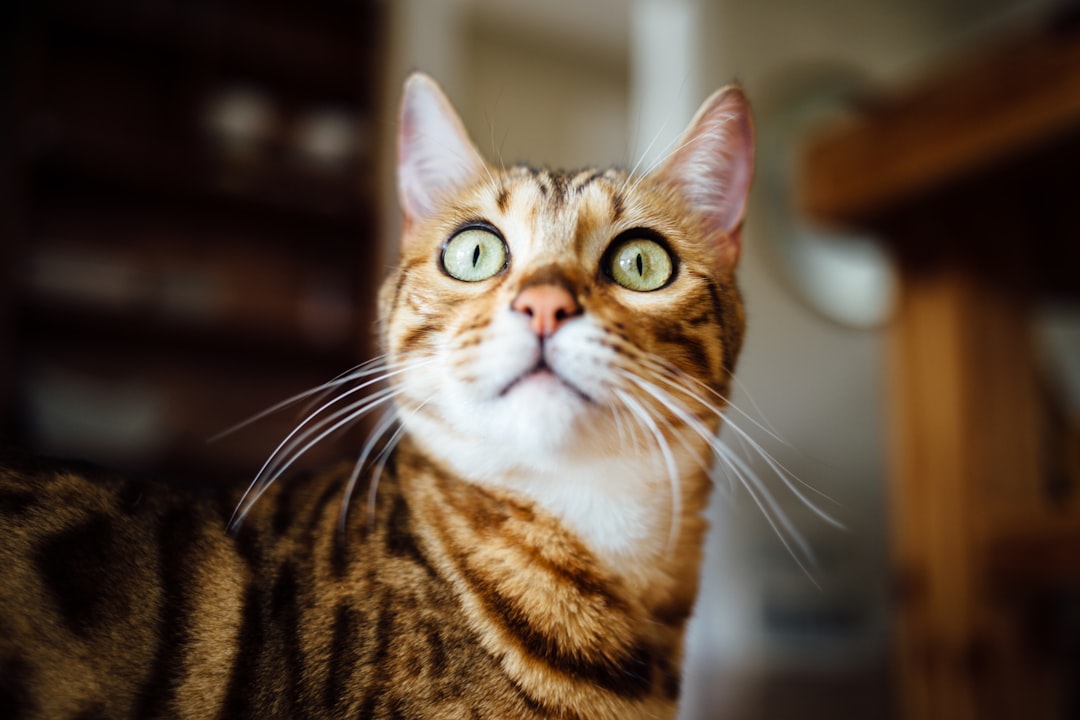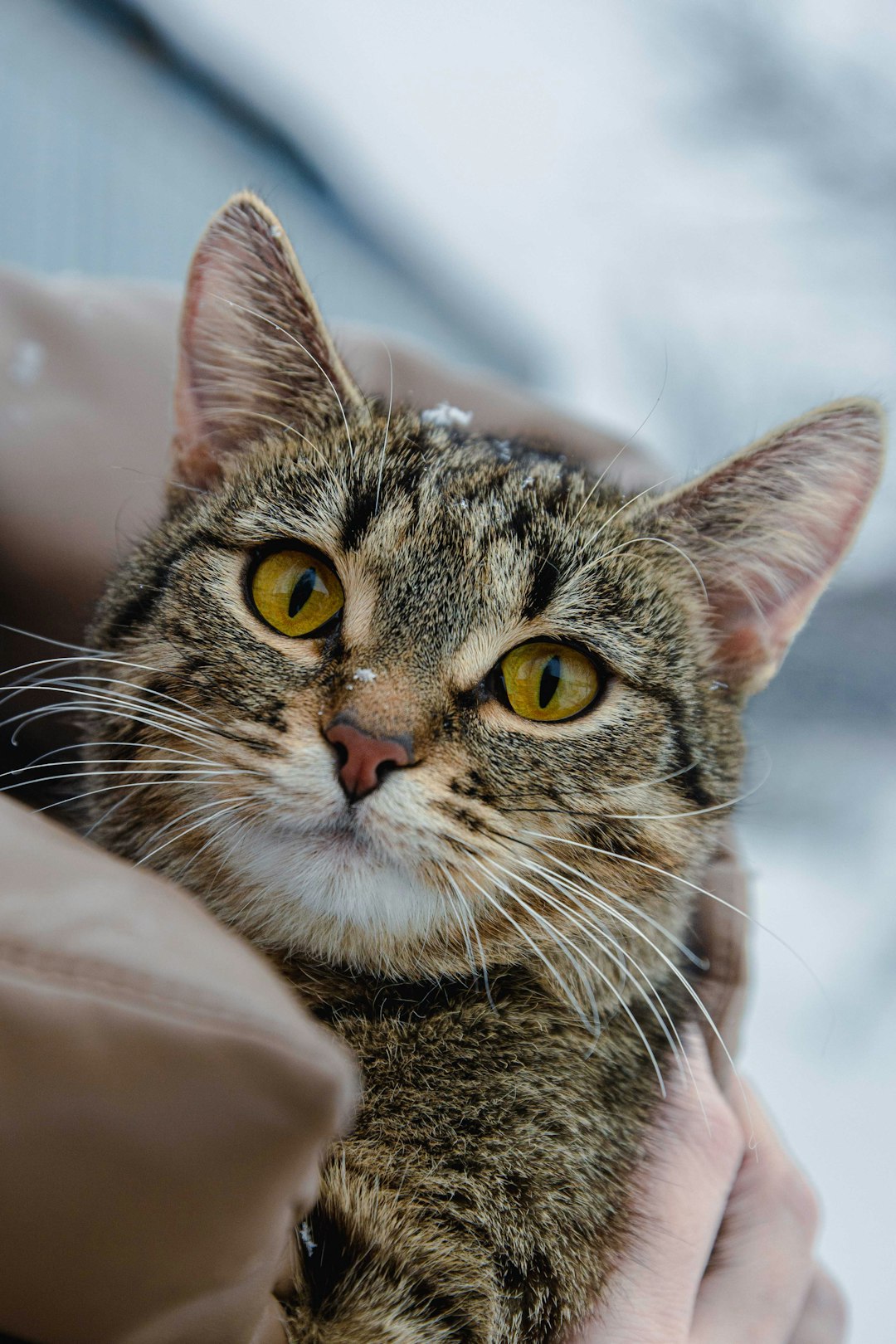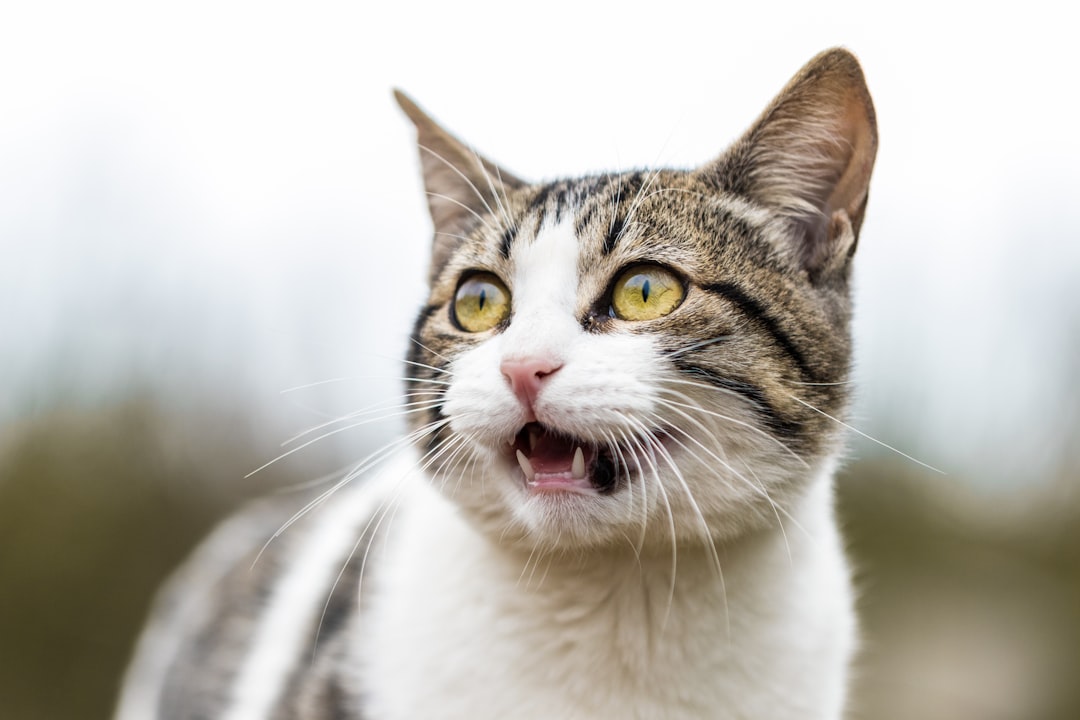When you hear a cat purring, you might wonder, what does it mean when a cat purrs? This soothing sound, often associated with contentment, can signify a range of emotions and states of being. Understanding the mechanics and context of purring enhances our connection with our feline friends. From expressing happiness to communicating distress, purring is a complex behavior that reflects a cat’s emotional landscape. By exploring the intricacies of this phenomenon, you’ll gain valuable insights into how to respond to your cat’s needs and emotions effectively.
The Science Behind Purring Mechanics
Understanding what does it mean when a cat purrs begins with the mechanics of purring itself. Purring is an intricate physiological process that occurs when a cat’s brain sends signals to the laryngeal (voice box) muscles. Here’s how it works:
- Sound Production: As cats inhale and exhale, the muscles rapidly contract and relax, causing a unique vibration of the vocal cords.
- Frequency Range: The purring sound typically falls between 25 to 150 Hertz, a frequency that is not only soothing but also promotes healing in various tissues.
Key Components of Purring Mechanics:
| Component | Description |
|---|---|
| Muscles Involved | Laryngeal muscles contract and relax rhythmically |
| Respiratory Rhythm | Purring occurs during both inhalation and exhalation |
| Brain Involvement | Neural oscillator in the brain triggers the muscle activity |
This fascinating process reveals that purring goes beyond mere contentment. It can also imply pain relief or comfort, lending insight into what does it mean when a cat purrs in different contexts. Understanding this mechanism enriches our connection with our feline friends, enabling better emotional recognition.
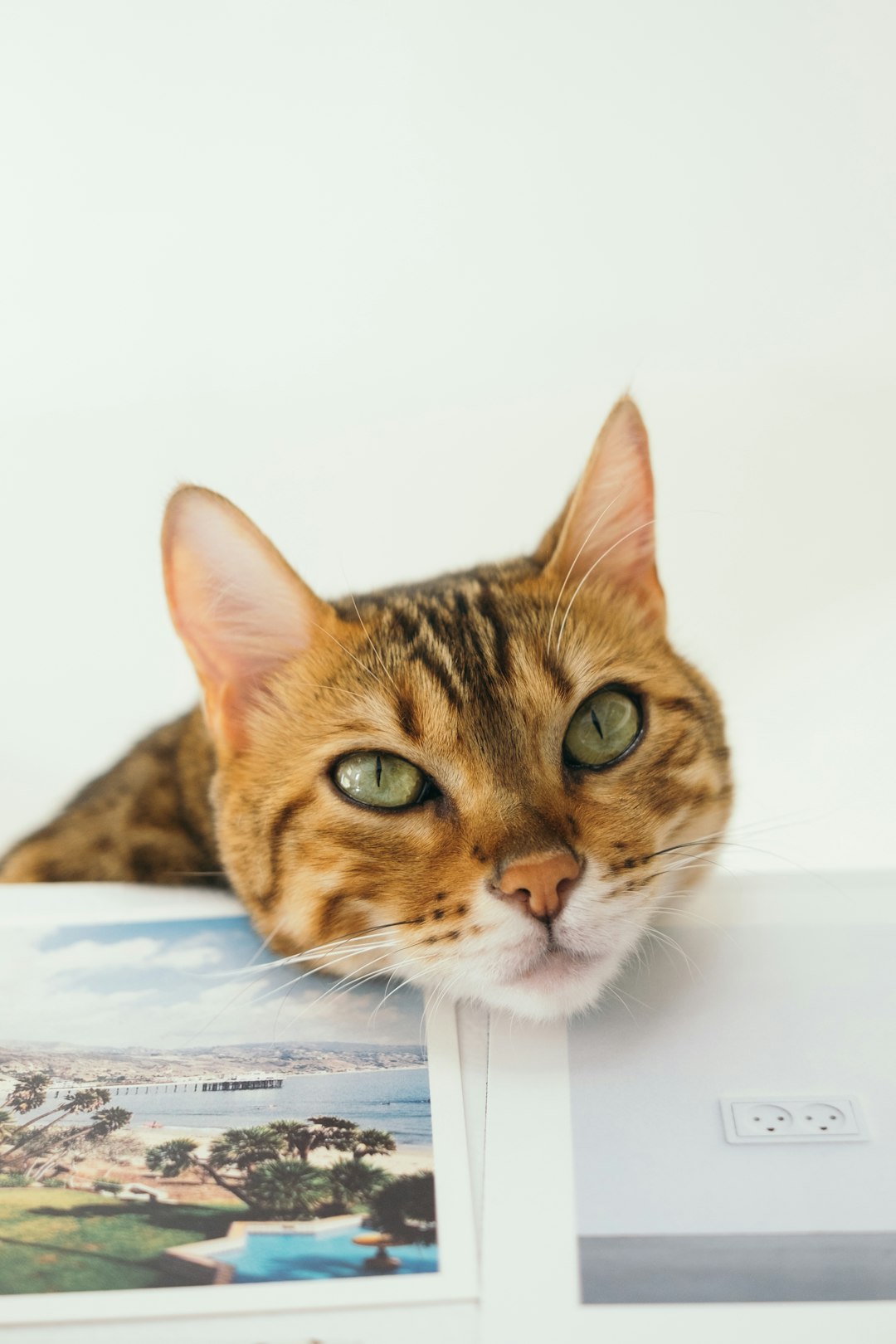
The Different Types of Purring Sounds
When exploring what does it mean when a cat purrs, it’s essential to recognize that not all purring sounds are created equal. Cats use purring in various ways, and the nuances in their sounds can convey different emotions or states. Here are some key types of purring sounds:
Types of Purring Sounds
Gentle Purring:
- Description: Soft and rhythmic.
- Meaning: Indicates contentment and relaxation.
Chirpy Purring:
- Description: A higher-pitched, quick sound.
- Meaning: Can signify excitement or playfulness.
Raspy Purring:
- Description: Rougher and more pronounced.
- Meaning: May indicate discomfort or stress.
Purr-ple Purring:
- Description: A mix of purring and meowing.
- Meaning: Often used for attention-seeking.
Understanding these variations helps answer the question of what does it mean when a cat purrs. It enriches your interaction with your feline friend by providing insight into their feelings and needs. Each purring sound can act as a unique form of communication, allowing you to respond appropriately to their emotions.
Emotional States Associated with Purring
When a cat purrs, it can signal various emotional states. Understanding what does it mean when a cat purrs can enhance your bond with your feline companion. Here’s a breakdown of the emotional contexts for purring:
- Contentment: More commonly, cats purr when they feel safe and happy.
- Stress or Anxiety: Interestingly, some cats may also purr when they are anxious or scared. This type of purring can be a self-soothing mechanism.
- Curiosity: Cats might purr when exploring new environments or after significant stimulation—indicating a mix of excitement and calm.
- Pain or Discomfort: In some cases, purring can occur in response to pain. Cats often use it to comfort themselves during distressing situations.
| Emotional State | Characteristics |
|---|---|
| Contentment | Calm, relaxed, often paired with kneading. |
| Stress | Fast or high-pitched purring, usually accompanied by other signs of discomfort. |
| Curiosity | Steady, rhythmic purring while exploring. |
| Pain | Low, sporadic purring that seems out of place. |
In summary, what does it mean when a cat purrs? It varies greatly across different emotional states, highlighting the complexity of feline communication. Always observe your cat’s body language to decipher their true feelings!
Purring as a Form of Communication
When considering what does it mean when a cat purrs, it’s essential to recognize that purring serves as more than just a sign of contentment; it’s a vital form of communication. Cats utilize purring to convey various emotions and needs to their humans and other animals. Here are some key aspects of this fascinating behavior:
- Affection: Cats often purr when they are close to their owners, signaling their love and trust.
- Attention Seeking: Sometimes, a cat may purr to get your attention, especially when they want food or play.
- Comfort: In stressful situations, purring can indicate a desire for reassurance or comfort. It’s a soothing mechanism for both the cat and its owner.
| Type of Purr | Meaning |
|---|---|
| Soft Purr | Contentment or relaxation |
| Loud, Fast Purr | Possible excitement or eagerness |
| Continuous Purring | Seeking comfort or attempting to self-soothe |
Thus, understanding what does it mean when a cat purrs can significantly enhance the bond between you and your feline friend, allowing you to respond appropriately to their needs.
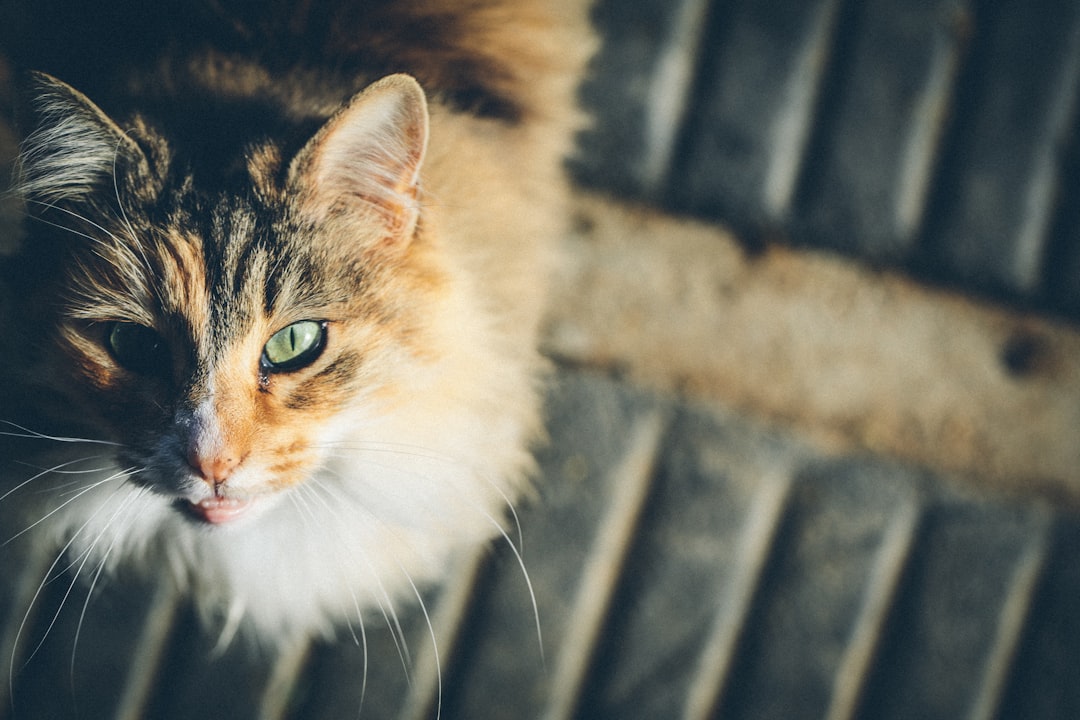
Health Benefits of Purring for Cats
Understanding what does it mean when a cat purrs goes beyond emotional states; it also highlights health benefits for our feline friends. Purring acts as a natural mechanism with several positive effects, such as:
Healing Properties: The frequency of a cat’s purr, typically between 25-150 Hertz, has been shown to promote healing and tissue regeneration. This frequency supports bone healing and can reduce pain.
Stress Reduction: Purring can help lower stress levels. The soothing sound acts as a form of self-soothing, allowing cats to calm themselves, especially in stressful situations.
Motivation for Interaction: When cats purr, they often encourage bonding. This mutual exchange enhances feelings of safety and security, benefiting both the cat and the owner.
Pain Relief: Research indicates that purring may release endorphins, which serve as natural painkillers, providing comfort when a cat feels unwell.
In summary, what does it mean when a cat purrs is not only a sign of happiness but also reflects their well-being and healing capabilities. Understanding these health benefits helps you care for your cat more effectively.
Purring in Various Cat Breeds
When exploring the question, "what does it mean when a cat purrs," it’s essential to recognize that different breeds may exhibit varying purring behaviors. While the fundamental mechanics remain the same, some breeds are known for their distinctive purring styles or frequencies. Here’s a comparison of a few popular breeds:
| Cat Breed | Purring Characteristics | Common Emotional States |
|---|---|---|
| Siamese | Loud, raspy purr; often vocalizes while purring | Contentment, attention-seeking |
| Maine Coon | Deep, resonant purr; often a comforting sound | Relaxation, companionship |
| Bengal | Soft, gentle purr; may feature chirps alongside purrs | Playfulness, satisfaction |
| Ragdoll | Soft and soothing purr; often approaches humans for comfort | Affection, trust |
This diversity indicates that purring could reflect not only the cat’s emotional state but also its breed-specific traits. For instance, a Maine Coon might purr more deeply when relaxed, while a more vocal Siamese may purr to draw attention. Thus, understanding what does it mean when a cat purrs can vary across breeds, enhancing the bond between you and your feline friend.
When to be concerned about unusual purring
While purring generally indicates contentment, it’s essential to recognize when what does it mean when a cat purrs shifts to an abnormal context. Here are some signs that might indicate a deeper issue:
- Changes in frequency: If the purring becomes unusually loud or soft, it may signal discomfort.
- Accompanied by other behaviors: Watch for signs like lethargy, loss of appetite, or hiding. These can indicate health problems.
- Duration: Persistent purring, especially if coupled with distress noises, could suggest anxiety or pain.
- Context is key: For instance, if your cat purrs while grooming excessively or flinching at touches, it’s time to evaluate their health.
Comparison of Normal vs. Unusual Purring
| Purring Type | Normal Indicators | Unusual Indicators |
|---|---|---|
| Frequency | Steady, rhythmic | Irregular, erratic |
| Volume | Soft to moderate, comforting | Loud, straining |
| Behavior | Relaxed body language | Tense muscles, hiding |
If you notice any of these unusual purring patterns or behaviors, consult your veterinarian for guidance. Understanding what does it mean when a cat purrs in various contexts can keep your feline friend happy and healthy.
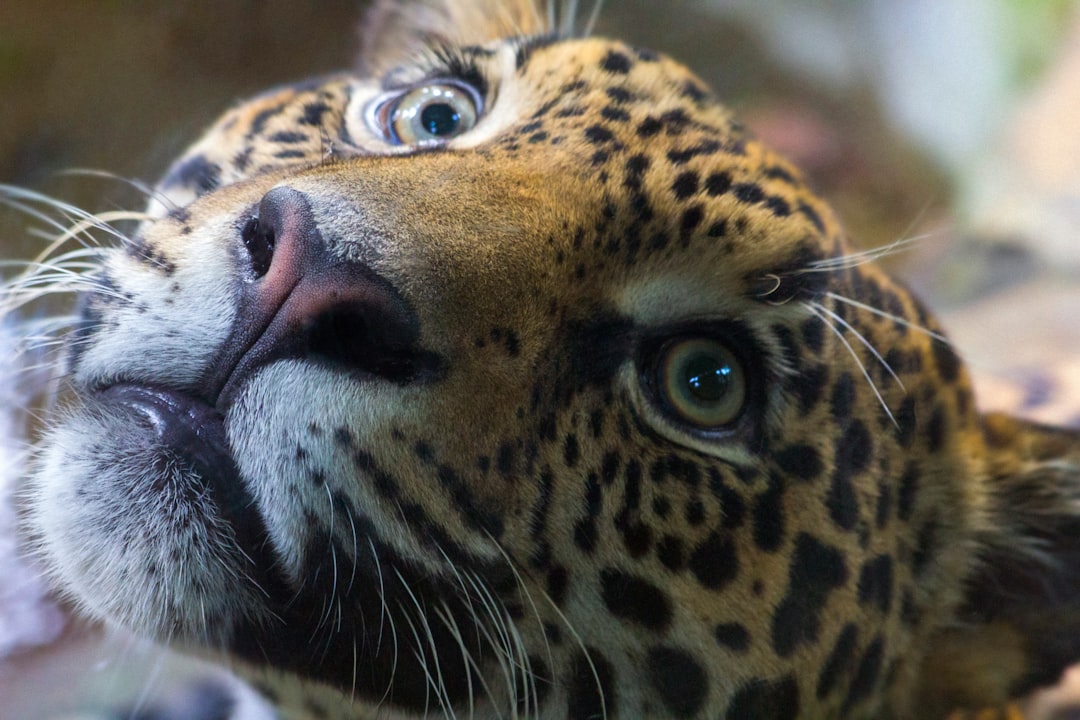
How to Respond to Your Cat’s Purring
Understanding what does it mean when a cat purrs can significantly enhance your relationship with your feline friend. When your cat purrs, it often indicates comfort or happiness, but the response can vary depending on the situation. Here are some effective ways to respond:
- Acknowledge the purring: Gently pet your cat or sit nearby to reinforce their positive emotions.
- Observe body language: Look for clues like a relaxed posture or slow blinking to confirm they are content.
- Engage in play: If your cat seems playful, responding with interactive toys can amplify their joy.
- Provide a cozy space: Ensure your cat has a comfortable and safe environment to enhance their sense of security.
Conversely, if the purring seems unusual or excessive, it may signal discomfort. In this case, consider:
- Monitoring for other signs: Look for changes in eating, drinking, or behavior.
- Consulting a vet: If concerned, especially if what does it mean when a cat purrs seems to coincide with distress, seek professional advice.
By attentively responding to your cat’s purring, you foster a closer bond and contribute to their overall well-being.
Frequently Asked Questions
Why do cats purr?
Cats purr for a variety of reasons, most commonly to express contentment and comfort. When a cat is relaxed, it emits a low-frequency sound that can be soothing. However, purring is not exclusive to happy moments; cats also purr when they are in pain, frightened, or seeking attention. The vibrations created by purring may have a calming effect both on the cat and on their surrounding environment.
Can purring be a sign of pain in cats?
Yes, purring can sometimes indicate that a cat is in pain or feeling unwell. While it is often associated with comfort and happiness, many cats will purr when they are injured or anxious as a self-soothing mechanism. It’s important for cat owners to observe their pet’s behavior and overall health, as purring accompanied by other signs of distress may require a visit to the veterinarian.
Is purring unique to domestic cats?
Purring is not unique to domestic cats; several wild feline species, including cheetahs and bobcats, can also purr. However, the mechanism of purring varies between species, and the frequency and context of purring may differ. Domestic cats, with their close bond to humans, tend to purr more frequently as a means of communication and expressing emotions.
How can I tell if my cat is purring out of happiness or discomfort?
To determine whether your cat is purring out of happiness or discomfort, pay attention to their body language and overall behavior. A relaxed body posture, slow blinking, and gentle kneading usually indicate happiness. Conversely, if your cat seems tense, has dilated pupils, or displays signs of distress while purring, it may be an indication of discomfort. Monitoring such cues can help you understand your feline’s emotions better.

